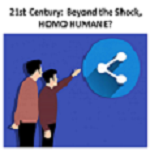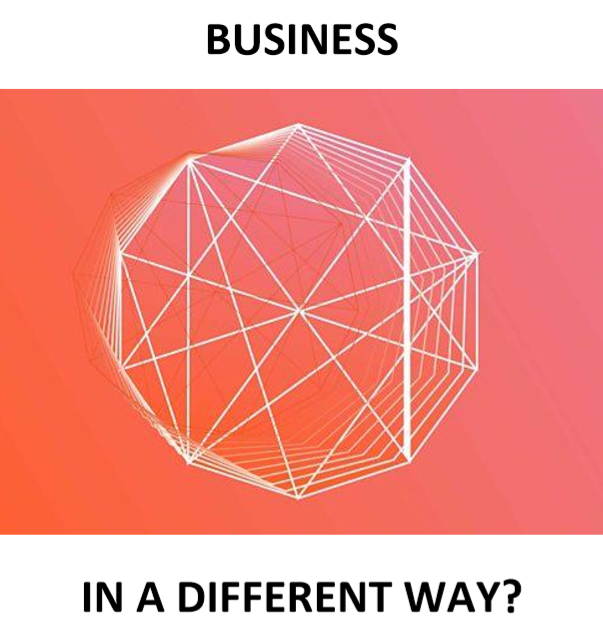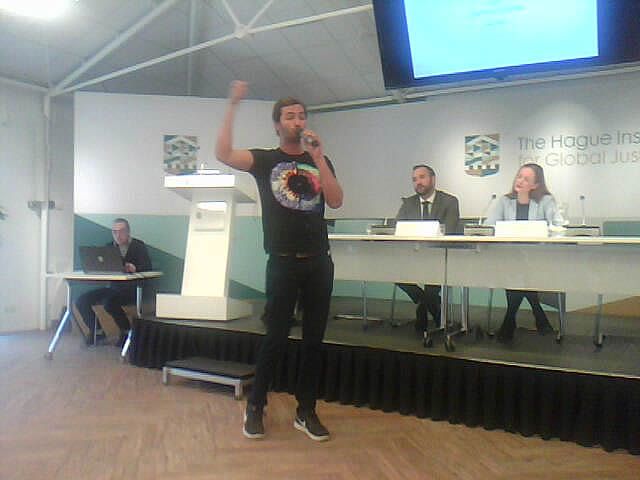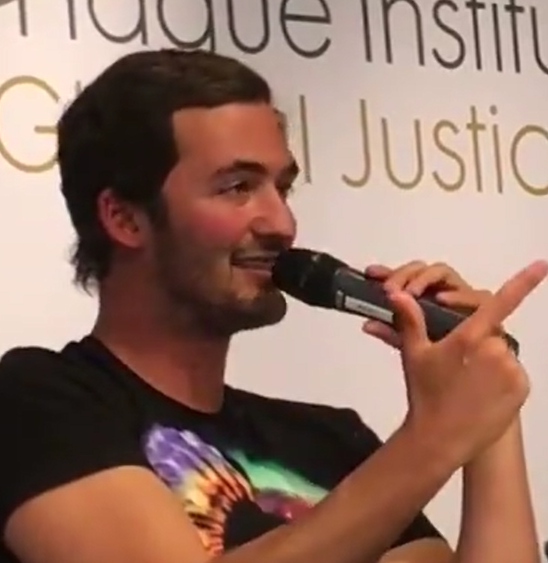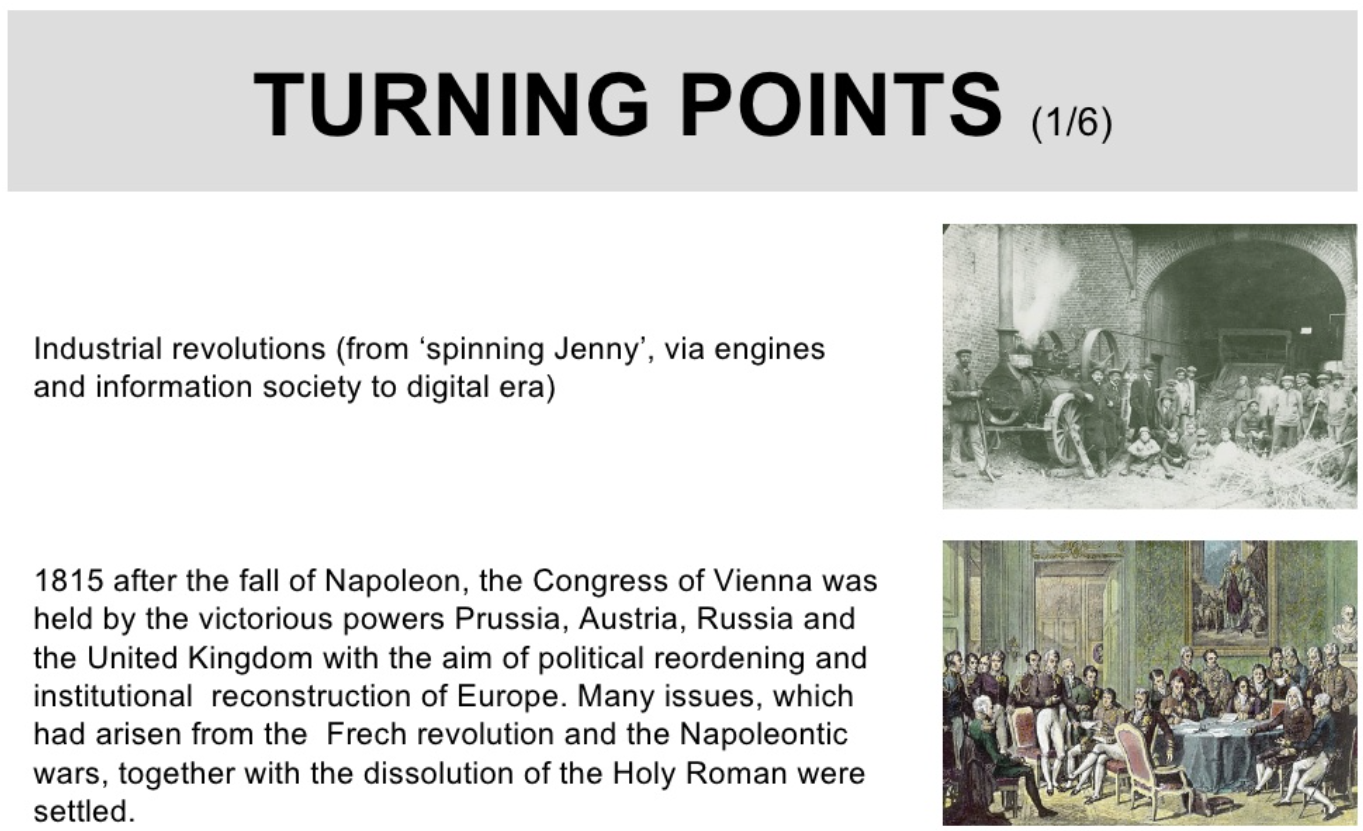The Physics: The Physics is a study of nature (ta phusika), as opposed to the Metaphysics (ta meta ta phusika—lit., “the stuff that comes after the stuff on nature”) which studies beings in general, not just natural objects.
What is the difference? “Natural things are some or all of them subject to change” (Physics I.2, 185a12-13). So the study of nature is basically a study of change and the things that are subject to change.
We know that change was a topic that puzzled Aristotle’s predecessors. Plato said that real things (Forms) don’t change, and restricted change to the realm of appearances—the physical world. Parmenides went farther still, denying the existence of change altogether.
Change is often described (both by Aristotle and his predecessors) as coming-to-be (genesis), and Aristotle gives an example of an argument against coming-to-be that sounds typically Parmenidean (191a28-29):
'What is cannot come to be (since it already is), while nothing can come to be from what is not'.
The argument is basically that there are only two ways that something can come to be: either from what is, or from what is not. But neither is possible. Therefore, nothing can come to be.
Aristotle wants to give an analysis of coming-to-be, i.e., change, that will enable him to avoid this dilemma. His account is designed to explain both how change in general is possible, and how coming into existence is possible. We will first look at Aristotle’s account, and then see how it manages to evade the Parmenidean dilemma.
Aristotle’s Account
Aristotle’s account is contained in Physics I.7. He insists that there must be three basic ingredients in every case of change. (Plato’s treatment only mentions two: a pair of opposites). In addition to a pair of opposites, there must be an underlying subject of change.
The basic case of change involves a pair of opposed or contrary properties and a subject that loses one of them and gains the other. But Aristotle does not even insist that there be an opposed pair of properties (191a6-7):
In another way, however, there need not be two [contraries]; for just one of the contraries is enough, by its absence or presence, to produce the thing.
So the ingredients Aristotle insists on are: an underlying subject, a form (i.e., a positive property) and a lack (or privation) of that form. Aristotle’s examples illustrate these ingredients:
- a man who was unmusical becomes musical;
- some bronze (which was shapeless) becomes a statue.
In case (a), the subject is man, the form is musical and the privation is unmusical. In case (b), the subject is bronze, the form is statue and the privation is shapeless. The subject—the man, or the bronze—persists through the change. Of the other terms involved, the earlier ones (unmusicality, shapelessness) cease to exist, while the later ones (musicality, the statue) come into existence.
These were cases of coming into being (generation), since lacks or privations were replaced by forms. Ceasing to be (destruction) occurs when a form is replaced by a privation—when matter is deprived of form. This would happen, for example, when a statue is melted down into a shapeless pool of bronze. The bronze persists, but the statue has ceased to exist.
Response to Parmenides
Aristotle gives his response to Parmenides in chapter 8. He begins (191a28-29) by summarizing the Parmenidean argument against coming to be that we mentioned above:
What is cannot come to be (since it already is), while nothing can come to be from what is not.
The idea of this argument seems to be this: in a case of coming to be, the resulting object is clearly a being, something that is. From what initial object does it come to be? Parmenides offers us only two choices: either what is or what is not. But if the initial object is what is, and the resultant object is also what is, we don’t really have a case of coming to be-there is no change. And if the initial object is what is not, we have another kind of impossibility, for nothing can come to be from what is not (ex nihilo nihil fit).
Aristotle’s response is to reject the Parmenidean dilemma “that something comes to be from what is or from what is not” (191a30). He does so, characteristically, by drawing a distinction where his opponents did not. At 191b4 he says:
… we speak in two ways when we say that something is or comes to be something from what is …
Is the initial object a being or a not-being, Parmenides asks? Aristotle’s answer is: in a way it’s a being, and in a way it’s a not-being. And in a way, it’s not a being, and in a way it’s not a not-being.
In effect, the trouble with the Parmenidean argument is that it treats the initial and resultant objects as if they were simples: not being and being. But, as Aristotle has shown, both are compounds. The initial object, for example, might be an unmusical man. And this is both in one way a being and in another way a not being: the initial object is something that is (for it is a man) and something that is not (for it is not musical).
As for Parmenides’ claim that nothing can come to be from what is not, Aristotle agrees that, on one reading, this is perfectly correct (191b14):
We agree with them in saying that nothing comes to be without qualification from what is not …
That is, the musician does not come into existence out of thin air, out of sheer nothingness. (We should probably take “without qualification” here to modify “what is not” rather than “comes to be”—“comes to be from what is unqualifiedly not” or “comes to be from what is simply a not-being.”) But this leaves room, Aristotle says, for the musician to come to be from what in a way is not (191b15).
… but we say that things come to be in a way—for instance, coincidentally—from what is not. For something comes to be from the privation, which in itself is not and does not belong to the thing [when it has come to be].
(Similarly, we should take “in a way” to modify “what is not” rather than “comes to be.”) In other words, since the musician comes to be from the compound unmusical man, what he comes to be from is in one way a not-being, since he comes to be from a privation-the unmusical. But in a way, what he comes to be from is a being, as well, for the initial object is something that exists, a man. Parmenides, in other words, offers us a false dilemma: that the initial object is either being or not being. But since the initial object is a compound, in a way it is both.
Accidental vs. Substantial Change
Aristotle notes (190b11) an important feature of change: that which comes to be is always composite. For example, what comes to be is the musical man. But what about Aristotle’s other case? What is the statue a compound of? Aristotle’s answer: matter and form.
We thus see two different kinds of change in Aristotle’s account:
- accidental change (e.g., alteration of a substance): the subject is a substance. E.g., the man becomes a musician, Socrates becomes pale;
- substantial change (generation and destruction of a substance): the subject is matter, the form is the form of a substance. E.g., the bronze becomes a statue, a seed becomes a tiger, an acorn becomes an oak tree.
Accidental change can be accommodated within the world of the Categories, a world in which primary substances (individual horses, trees, etc.) are the basic individuals. But what of substantial change? This seems to threaten the ontology of the Categories. For substantial change requires a subject (viz., matter) that seems more basic than the individual plants and animals of the Categories.
But this creates a problem: if the primary substances of the Categories turn out to be compounds of form and matter, how can they be the basic ingredients of the world?
Example: a builder is not a basic individual, for Aristotle. A builder is a compound of a subject and a property: a substance (a human being) and a characteristic (s)he happens to have—the knowledge of building. How, then, can a tiger retain its status as a basic individual? After all, it, too, is a compound of a subject and a property: matter and a form that supervenes, a form that the matter happens to have.
This problem is not addressed in the Physics, but it is one that Aristotle returns to in the Metaphysics. His answer, as we shall see, is not altogether clear. |
